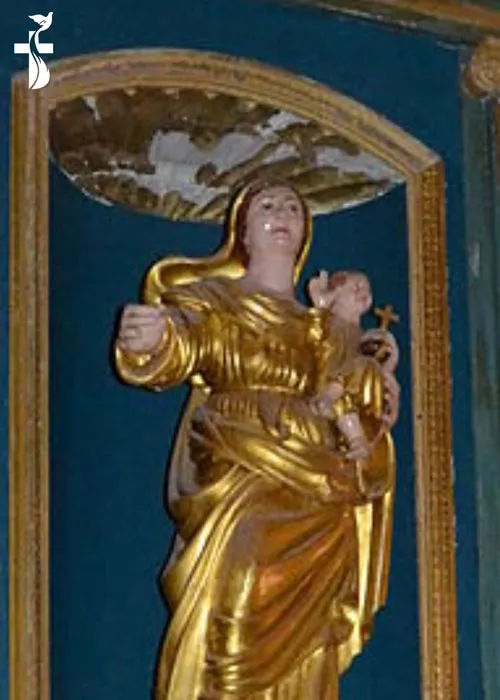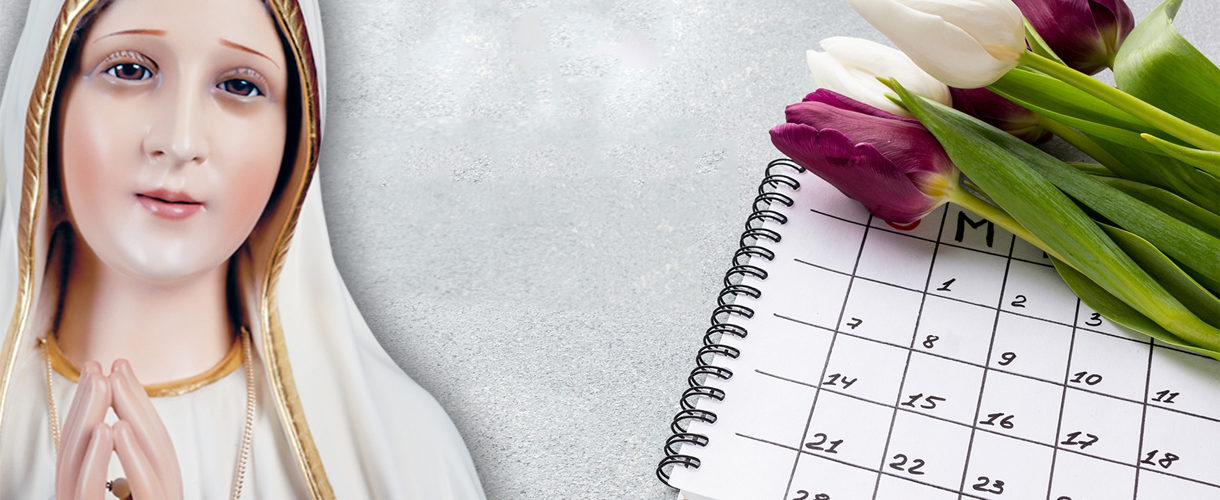
Our Lady Of Lure
Country : France
Year : 1110
Sometime at the beginning of the 6th century, a priest from Orleans, France, named Donat, in search of solitude, made his way into the Alps. The mountain of Lure seemed to be the kind of place he was looking for; and with the approval of the Bishop of Sisteron, he settled there.
On the side of the mountain he built an oratory for which he himself made the statue of Our Lady, carving it from native stone. When after 32 years he died, having spent these years in penance and apostolic work, he was replaced by the Benedictines of Val-Benoit.
About 1110 the Countess Adelaide to whom the land of Lure belonged, gave the place of the original oratory to the Bishop of Sisteron. Several nobles aided in the work of restoring the monastery. The ancient statue was found and placed above the tomb of St. Donat. The church became well known and pilgrimages were well attended. In 1318, Pope Jean XII attached the shrine to the metropolitan area or See of Avignon. In 1481, Sixtus IV called back to Avignon the 12 canons at the shrine, and the church, badly cared for, fell to pieces in 1557.
For 80 years the place remained desolate. One day a shepherd, who was resting near the ruins, heard a voice saying, “Oh, how many graces I would give to men in this place, if my sanctuary were rebuilt.”
The ecclesiastics to whom he told his story took him seriously. The shrine was rebuilt, and the statue, rescued from the debris, was placed on a new altar which was consecrated in 1637. Pilgrimages again flourished. During the French Revolution the chapel was pillaged and the statue mutilated. With the return of peace, pilgrims again came. On a number of occasions, Mary granted the miracle of an abundant rain to pilgrimages that had come to seek this favor. The largest numbers of pilgrims were wont to come on Pentecost, the feast of the Assumption, and the Nativity of Our Lord.



